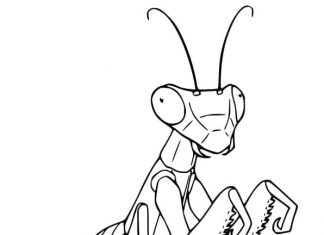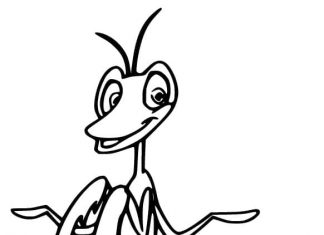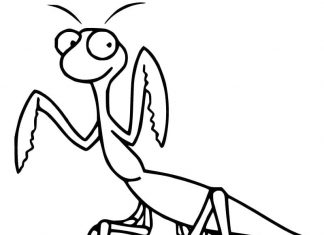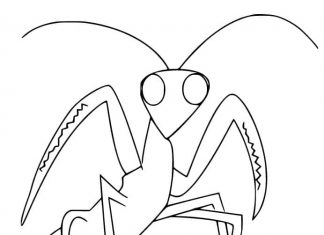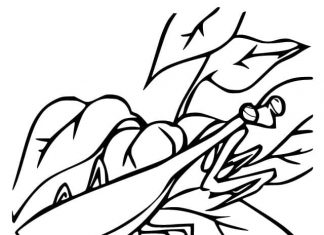The praying mantis is a predatory insect belonging to the order Praying Mantis. It is characterized by a long, slender body, a triangular head with large eyes, and distinctive pincer-like front legs that are used to grasp prey. Praying mantids are known to often assume a "prayer" posture, folding their front legs. They are predators and feed mainly on other insects. In some cultures, they are considered symbols of spirituality and patience.
Praying Mantis Coloring Book
Information
- Classification: Mantids belong to the order Mantodea, within which there are more than 2,400 species.
- Occurrence: These insects inhabit a variety of environments around the world, from tropical forests to desert areas, although the largest number of species can be found in the tropics.
- Hunting: Mantids are excellent predators. With the ability to turn their heads nearly 180 degrees, they can effectively stalk prey.
- Diet: They mainly feed on other insects, although some of the larger species can even hunt small lizards or birds.
- Reproduction: After copulation, females of some mantis species tend to eat males, a phenomenon called sexual cannibalism.
- Eggs: Females lay their eggs in special cocoons called ootecs. These oothecas provide protection for the eggs from predators and harsh environmental conditions.
- Camouflage: Mantids are masters at camouflaging themselves. Many species have an appearance that resembles leaves, flowers or sticks, which helps them hunt and hide from predators.
- Life expectancy: Most species of praying mantis live for several months to a year, depending on the species and environmental conditions.
- Communication: Mantids communicate with each other through body movements and vibrations.
- In culture: In many cultures, especially in Asia, praying mantis are a symbol of patience, focus and vigilance. Their unique appearance and behavior have inspired various forms of martial arts, especially in China.
Trivia
- Camouflage: Many species of praying mantis perfectly mimic their environment. Some look like dead leaves, others resemble flowers, and still others are stick-like.
- Sexual cannibalism: The female praying mantis often eats the male after copulation. It is believed that this practice provides the female with additional protein needed for egg production.
- Full head rotation: Mantids can turn their heads almost 180 degrees. This allows them to observe their surroundings without moving their bodies.
- Sight: They have highly developed eyesight. They have large, complex eyes that can detect the movement of prey from up to 20 meters away.
- "Ear" on the trunk: Praying mantids have a single "ear" located in the middle of their thorax that allows them to detect high-frequency sounds, such as the echolocation sounds of bats.
- Predation from birth: Even young praying mantids, right after hatching from their eggs, are predators. They may even start by eating their siblings if they can't find other prey.
- Defense against predators: When a praying mantis feels threatened, it may adopt a threatening posture - it lifts its body, spreads its wings and front legs in an attempt to look bigger and more fearsome.
- Inspiration for martial arts: In China, the kung fu fighting style is inspired by the movements of the praying mantis. This style focuses on speed and precision, mirroring the hunting technique of these insects.
- Ootece: Egg-bearing cocoons, known as ooteki, are highly resistant to harsh environmental conditions such as low temperatures.
- Molting: Like many other insects, praying mantids go through the process of moulting, shedding the old exoskeleton and creating a new one, several times during their lives.

